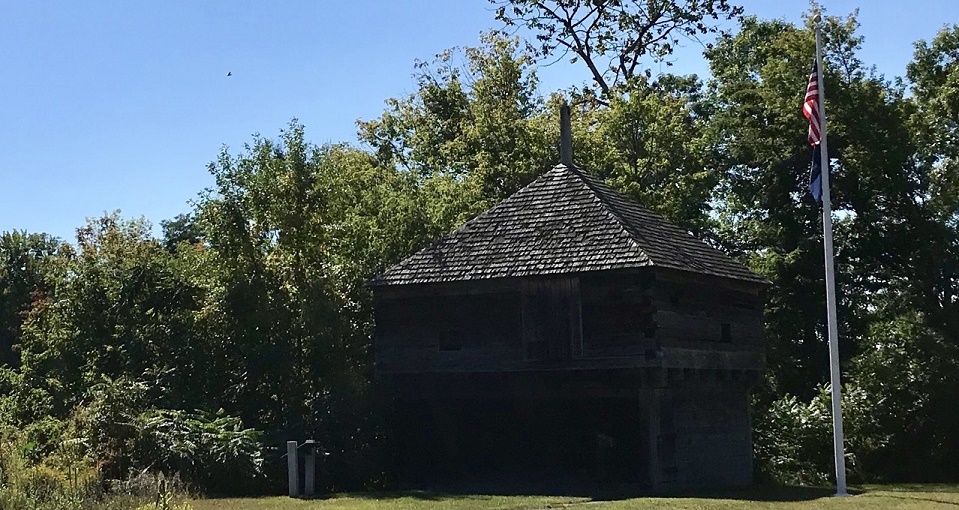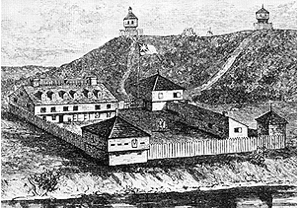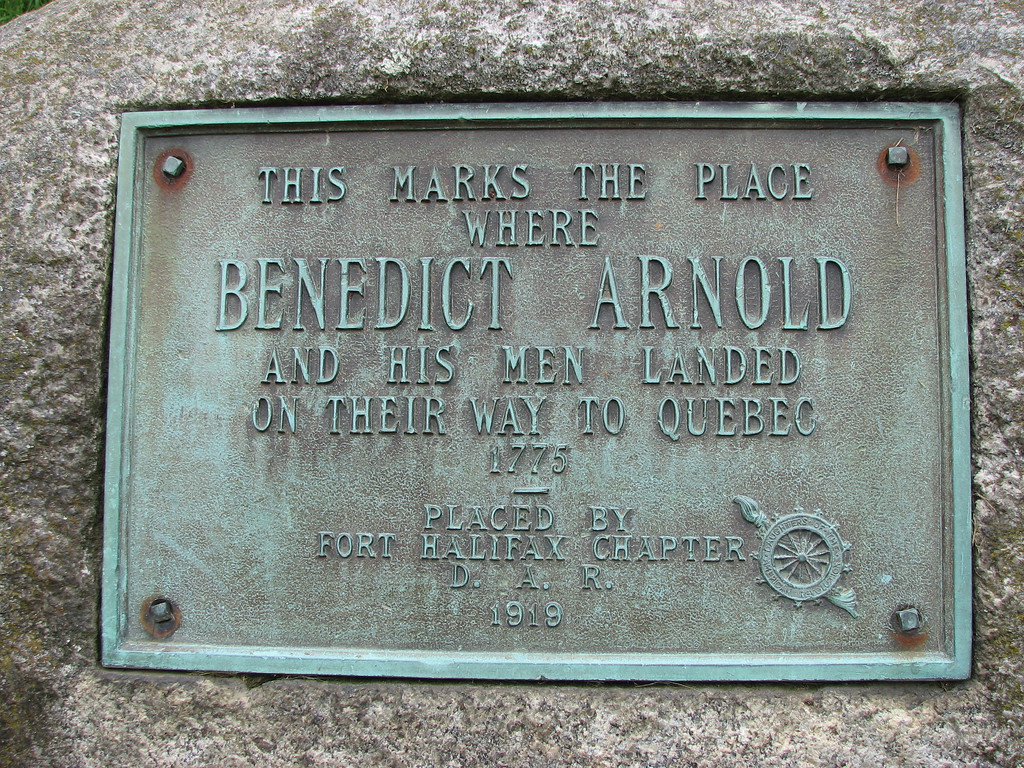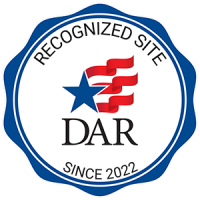About Our Chapter

The fort for which our chapter is named was built at the junction of the Kennebec and Sebasticook Rivers. The early settlers petitioned the Governor of Massachusetts for a fort. Fort Halifax was built in 1754 consisting of three blockhouses, a stockade, and a longhouse. It was placed under the command of William Lithgow. Many hardships were endured, but the last skirmish with the Indians occurred in 1757, and the fort was dismantled in 1763, at the close of the French and Indian War. Later the longhouse, called ‘The Fort House’, was used for public purposes; the first church service, the first town meeting, and the hotel at which Arnold stopped on his way to Quebec. The one little block house still standing on the bank of the Sebasticook, which is the only one in the state which was built before the American Revolution, is the sole reminder of the pioneer days of our forefathers. From 1924 to 1966, the Fort Halifax Chapter, NSDAR, owned the blockhouse and was responsible for its upkeep. The chapter turned the property over to the state in 1966. The town purchased the property surrounding the blockhouse in 1976 and 1982, with the plan to rehabilitate the area and develop a park.

Fort Halifax, circa 1896

Fort Halifax Chapter, NSDAR, placed a marker in Winslow on Arnold’s Trail, opposite the Congregational Church, on the bank of the Kennebec River, to commemorate the arrival of Arnold and company on the evening of September 26, 1775. This boulder was dedicated in November 1919.
The Fort Halifax Chapter, NSDAR, has a reproduction of the original charter of Winslow, Maine, signed by Thomas Hutchinson, Tory Governor of Massachusetts.
Fort Halifax Chapter, NSDAR, was organized on March 17, 1913, with Carrie Stratton Howard as the organizing regent. There were 18 charter members.
Learn about the accomplishments of our Past Chapter Regents here.



